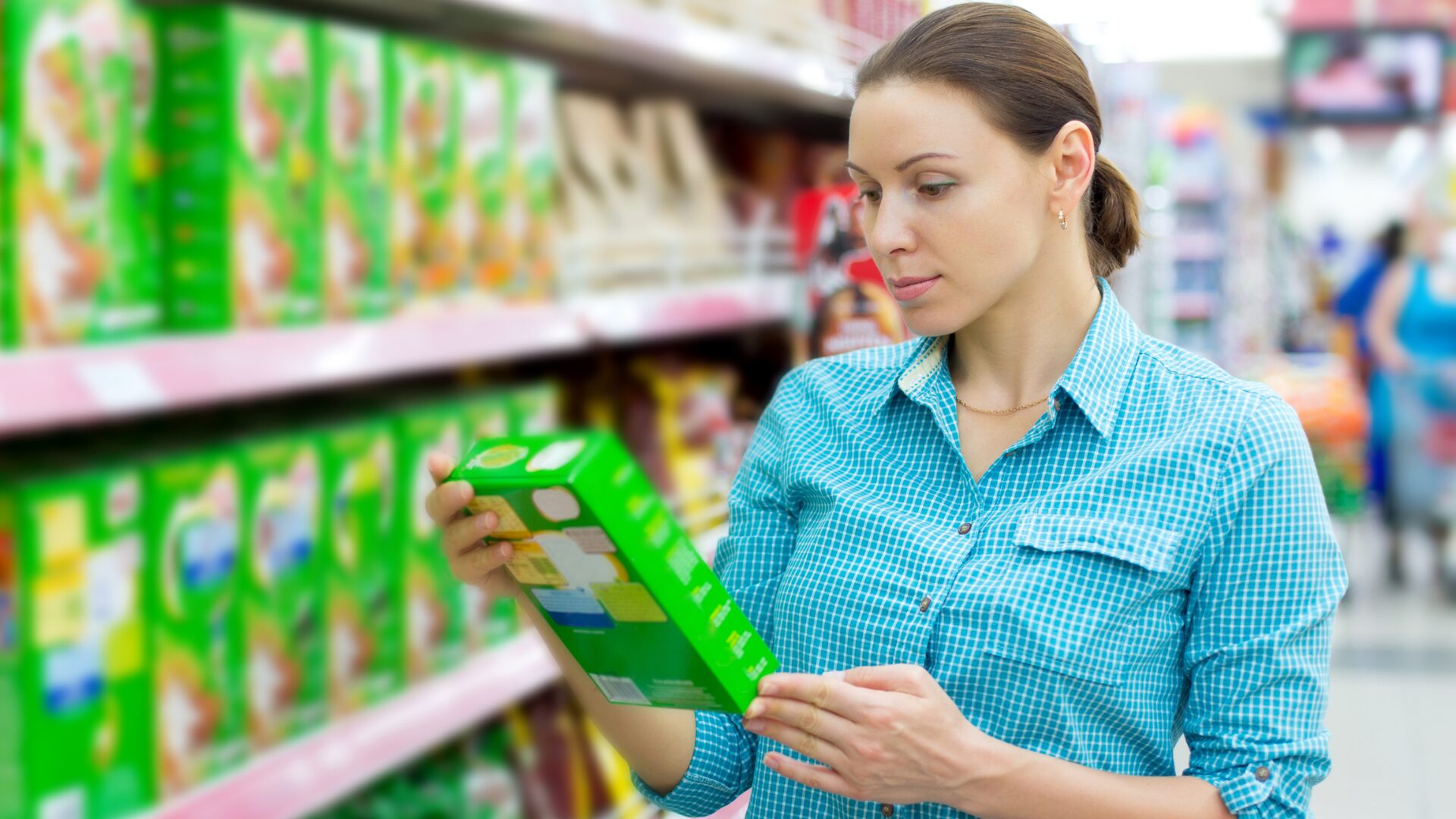In 2021, demand has been intense for pet food. And it makes sense, considering Americans are pampering pets like never before.
Consider: adoption rates at U.S. animal shelters jumped as much as 40% in 2020 over the year prior, according to Reuters. By April, there were scattered shortages of pet food across retail channels, as noted by Supermarket News.
Perhaps then, this should come as no surprise: cell-cultured meat products will be available in the pet-food aisle relatively soon.
Bond Pet Foods and Because Animals are both developing pet foods made with cell-cultured meat products and plan to start selling them within the next two years. Cultured meat, in theory, promotes environmental sustainability. After all, research from UCLA found 163 million dogs and cats eat meat in the U.S., and their diet habits create an additional 64 million tons of carbon dioxide each year, reported Forbes (May 24).
Bond Pet Foods began its path toward cell-cultured meat by collecting a blood sample from a hen and analyzing the genetic code of its chicken proteins. The company uses biotechnology to make cultured fungal and animal proteins through fermentation, eventually harvests the proteins, and then uses them as ingredients for pet food.
Because Animals, meanwhile, uses a different process to make cultured meat. The company starts with harvested animal cells and grows them in a bioreactor filled with proteins, minerals, vitamins, and nutrients, Forbes reported. The cells grow on a proprietary alternative to fetal bovine serum. The cells turn into tissue, and the company eventually harvests the meat to use it in pet food.
It’s all part of the pet food market’s brave new world, which has made multiple headlines recently. Here’s a look at few other noteworthy news items in the pet-food space:
PET FOOD’S ADDICTIVE QUALITIES ANALYZED: The BBC recently released an extensive report that analyzed why pets are so often preoccupied with eating what humans would view as unappealing kibble. The answer, according to the report, is that pet food often contains additives that can become rather addictive.
Big pet food is a multibillion-dollar industry that invests heavily in research into “palatants” – ingredients that make pets want to eat their products, the BBC noted (May 20). These days, pet food often includes colorless chemicals like putrescine and cadaverine that are produced naturally by the breakdown of proteins. Those chemicals are largely responsible for the odor of rotting flesh – which pets like cats love. And, as the BBC notes, no list of palatants would be complete without pyrophosphate – sometimes light-heartedly referred to as “cat crack” – a common additive that intensifies the flavor of amino acids.
Pet food companies are so successful at making food appealing to pets that there’s growing concerns about overconsumption. Pet obesity is a growing issue, with one survey of veterinary professionals at a London vet conference suggesting that 51% of dogs and 44% of cats are overweight, the report noted.
GENERAL MILLS BUYS TYSON’S PET TREATS BUSINESS: General Mills Inc. recently beefed up its pet foods division with the $1.2 billion purchase of Tyson Foods Inc.’s pet treats business, as the company looks to take advantage of the growing pet adoption trend, reported Reuters (May 14).
The deal reportedly adds Nudges, Top Chews and True Chews brands to General Mills’ portfolio that already included the Blue Buffalo pet foods label.
NATURAL BALANCE RECALLS CAT FOOD: Natural Balance is in the process of voluntarily recalling L.I.D. Green Pea & Chicken Dry Cat Formula due to concerns about a possible Salmonella contamination. The issue was discovered from a state surveillance sample from the Minnesota Department of Agriculture.
The recalled cat food products – which have UPC codes of 2363300233 and 2363300235 – were distributed nationwide via both retail and online distribution. No illnesses have been reported to date.











